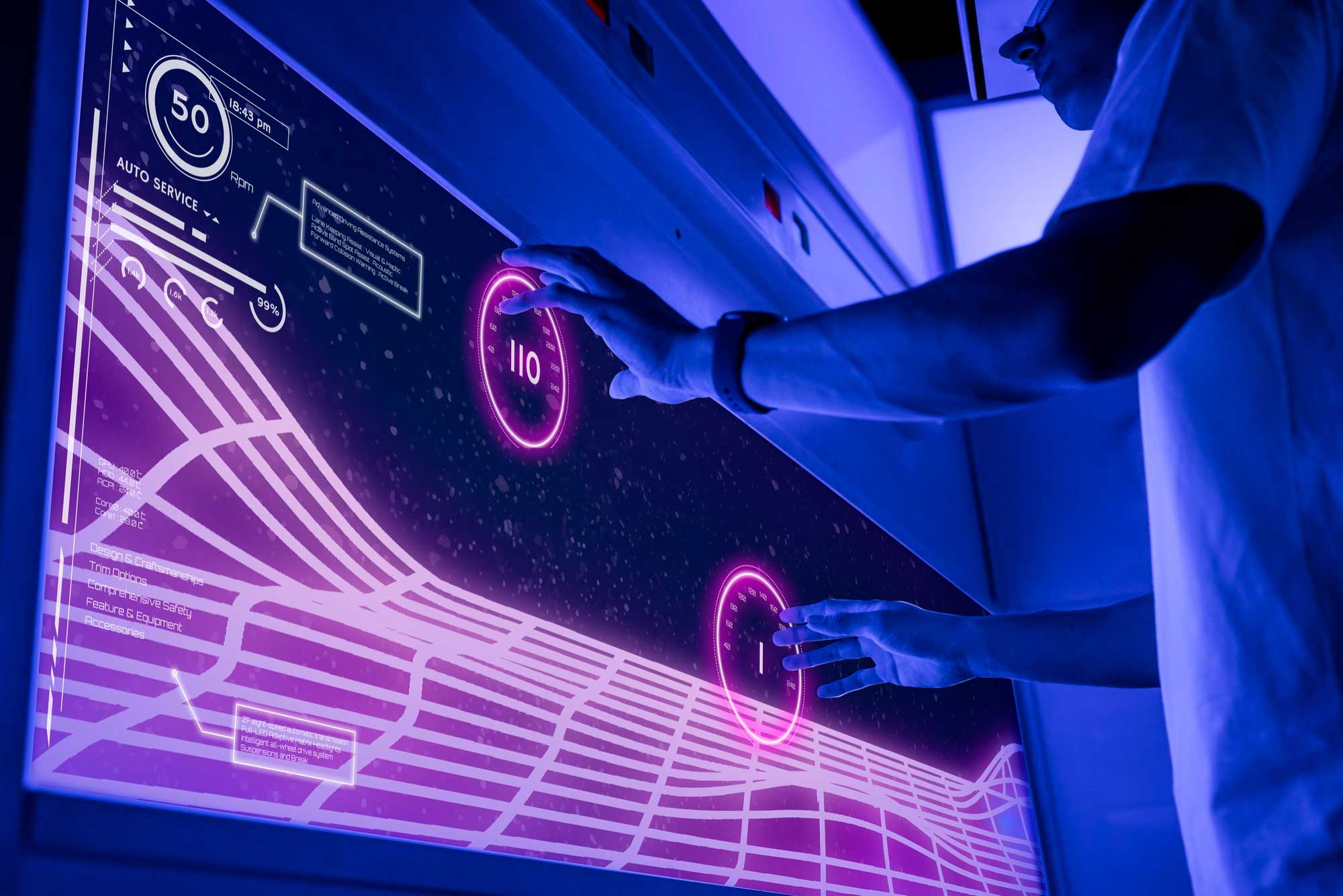The Role of Virtual Reality in Metaverse Design.
The virtual reality revolution has been taking the world by storm. VR headsets are popping up in every major tech company, and VR games are being created at an unprecedented rate. Though VR gaming is still in its infancy, it’s important to know how to design in this new medium.
There are many misconceptions about VR that you need to be aware of when designing for it. For example, users don’t want to move around in their physical space while wearing a headset because they will get nausea. Make sure to read on to learn more about designing in VR.




Recent Comments